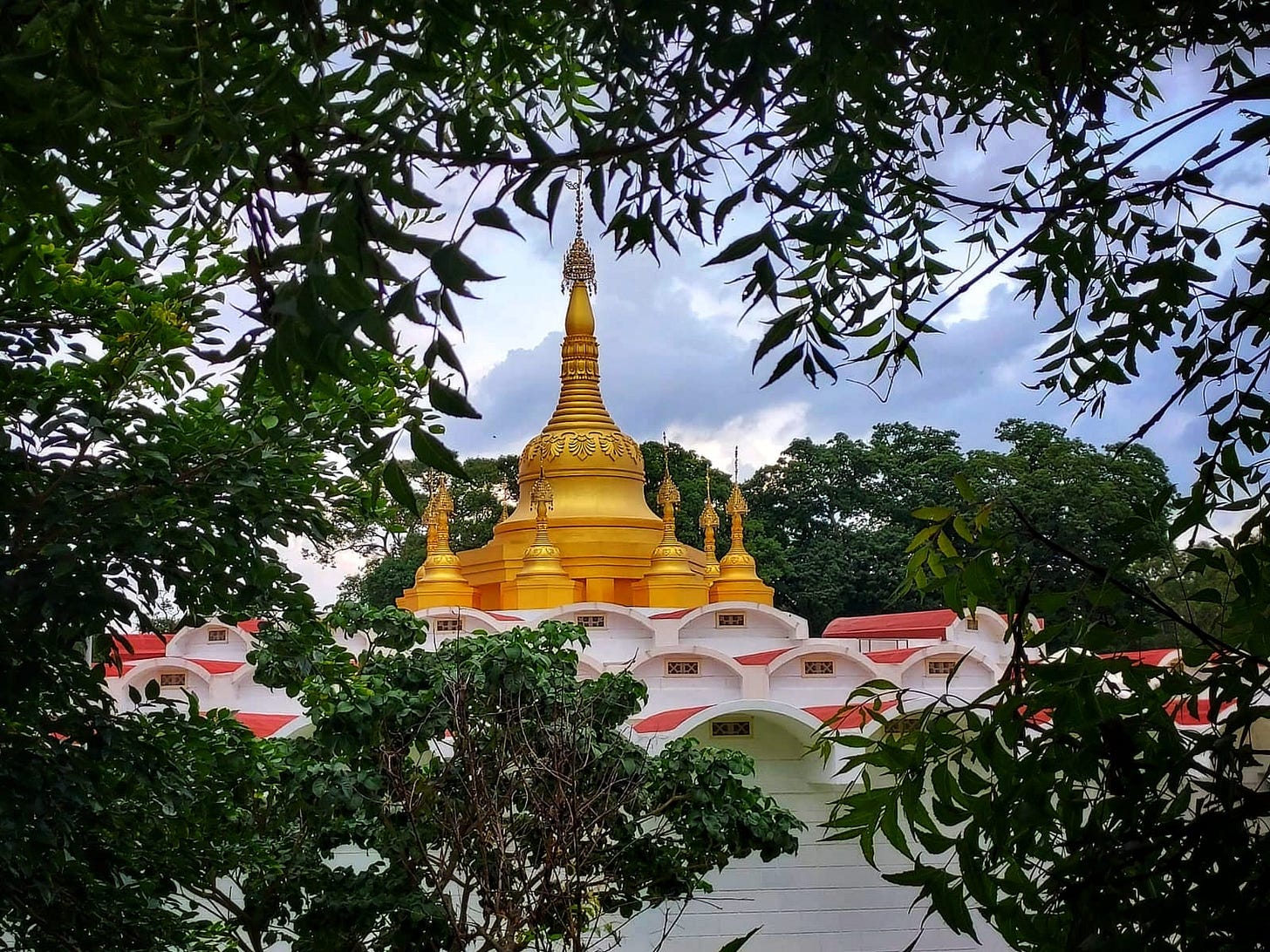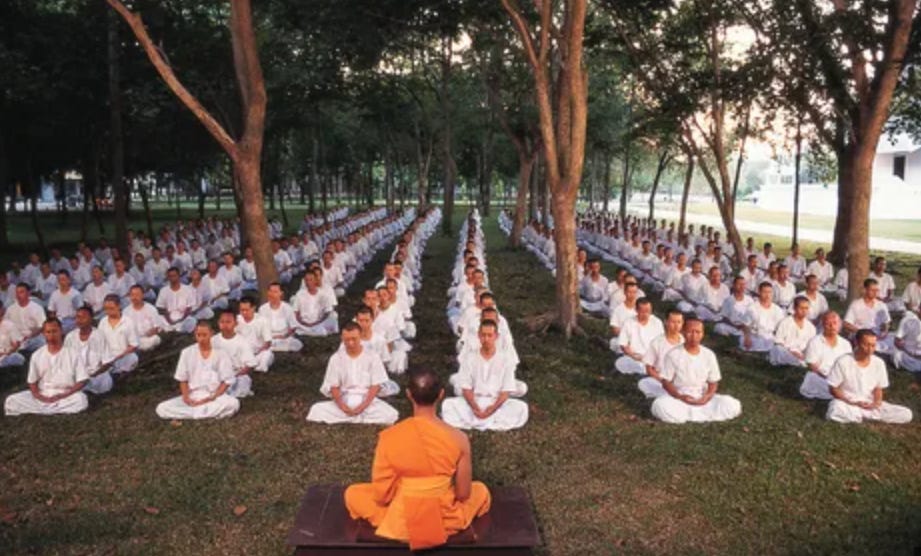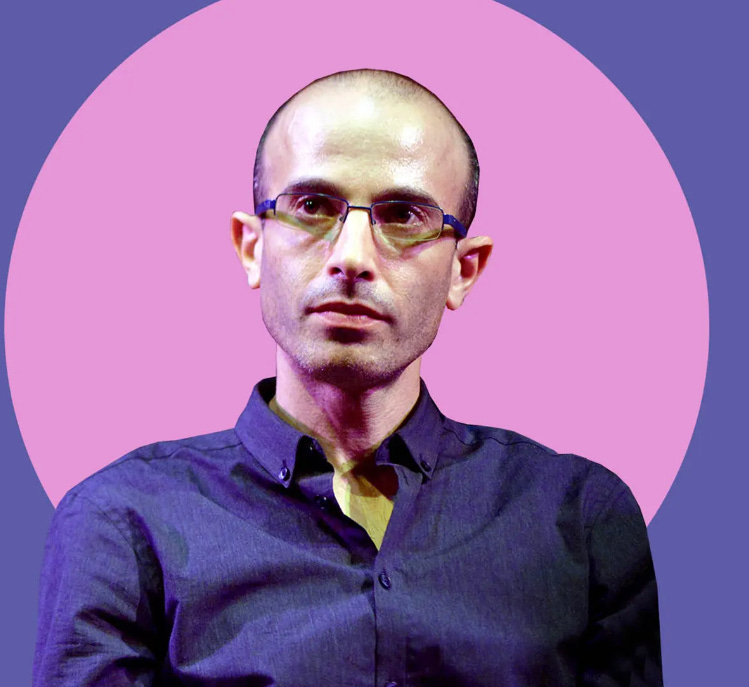My Transformative Vipassana Experience at Dhamma Giri Meditation Centre, Bangalore
Introduction
Embarking on a journey of self-discovery and inner peace is an endeavor many seek, but few find the right path to achieve it. In my quest for mental clarity and serenity, I found myself drawn to the ancient meditation technique of Vipassana. After researching various centres, I decided to attend a ten-day Vipassana retreat at the renowned Dhamma Giri Meditation Centre in Bangalore, founded by the esteemed meditation teacher, S.N. Goenka. The experience was nothing short of profound and life-changing. In this blog post, I will share my insights into the rules of practice, the techniques taught at the centre, and the key philosophy behind Vipassana.
Rules of Practice
Before attending the retreat, I familiarized myself with the rules of the practice at Dhamma Giri. The guidelines are designed to create an atmosphere of discipline, focus, and harmony conducive to deep meditation. Some of the essential rules included noble silence, which meant abstaining from any form of communication with fellow meditators, maintaining celibacy throughout the course, adhering to a strict vegetarian diet, and avoiding any religious rituals or practices during the retreat. While initially daunting, these rules ultimately played a crucial role in fostering a distraction-free environment and intensifying the meditation experience.
Techniques Taught at the Centre
At Dhamma Giri, the core meditation technique taught is Vipassana, which means "insight" or "seeing things as they really are." The practice is based on ancient teachings attributed to Siddhartha Gautama, the Buddha. During the retreat, students learn to develop heightened awareness of the sensations and feelings within their own bodies. One of the main techniques involve observing the natural breath, which serves as a tool to sharpen the mind's focus.
As the course progresses, participants are introduced to the concept of "Anichya" (impermanence) – one of the key aspects of Vipassana. By recognizing the ever-changing nature of bodily sensations, thoughts, and emotions, students develop equanimity and detach themselves from clinging to pleasant sensations or aversion to unpleasant ones. This practice helps cultivate a balanced and composed mind in the face of life's challenges.
Key Philosophy behind Vipassana
The central philosophy behind Vipassana is rooted in the idea that suffering arises from ignorance and craving. By carefully observing the sensations within the body without reacting to them, students become intimately aware of the impermanent and selfless nature of all phenomena. This realization liberates the mind from deeply ingrained patterns of craving and aversion, leading to a state of inner peace and liberation.
Vipassana emphasizes the universality of the human experience. It transcends all cultural and religious boundaries and can be practiced by anyone, regardless of their background. The technique is purely experiential – one must experience the truth within themselves to fully grasp its transformative power.
Yuval Noah Harari and Vipassana Meditations
A few years ago, I came across Yuval Noah Harari's book "Sapiens," and I was captivated by its profound truthfulness. Little did I know then that the author himself is an ardent practitioner of Vipassana meditation, a practice he has been dedicated to for a staggering 18 years, undertaking meditation sessions lasting from 30 to 60 days. Recently, after completing my own Vipassana retreat, I felt an irresistible pull towards his book "Homo Deus."
Intriguingly, in "Homo Deus," Harari dedicates a chapter to the subject of "Buddhism" and delves into the captivating concept of dualism. According to dualistic beliefs, there exist two gods – a benevolent god who created the good spirits and a malevolent god, often referred to as Saturn, who brought the material world into existence. This material world is perceived as perishable and prone to degeneration. To animate this material realm, Saturn allured the good spirits with worldly pleasures, such as sex and food, and thus ensnared them in human bodies. Consequently, humans are seen as essentially good spirits confined within the earthly bodies. Upon death, the spirit is drawn into another body, perpetuating the unending cycle of life and rebirth.
In Buddhism, the path to liberation from this cyclic existence lies in freeing ourselves from cravings and aversions that bind us to this repetitive journey. By recognizing the impermanence of all phenomena and practicing detachment, Buddhists aim to transcend the perpetual cycle of birth and death.
The movie ‘Matrix’ and Vipassana experience
After my Vipassana experience, a couple of fellow meditators shared a striking observation with me – they likened the experience to that of the movie "The Matrix." Upon contemplation, I couldn't help but notice the intriguing resemblance between the beliefs of Buddhism and dualism to the plot of the movie "The Matrix."
In this analogy, AI (Saturn), has cunningly ensnared humans (good spirits) within a virtual and illusory world (material realm). Trapped within this false reality, humans remain oblivious to their true nature and the higher realities beyond their perception. The quest for liberation (or Moksha) aligns with the process of "taking the red pill" in the movie – a profound metaphor for seeking the truth. In this case, practicing Vipassana meditation can be seen as the equivalent of ingesting the red pill. Through Vipassana, individuals embark on a transformative journey of self-discovery, unraveling the layers of illusion and gaining insight into the true nature of reality. It becomes a path to breaking free from the chains of desires and attachments that bind them to the material world.
Conclusion
My experience at the Dhamma Giri Meditation Centre in Bangalore was a remarkable journey of self-discovery and growth. The rigorous practice, noble silence, and the guidance of experienced teachers allowed me to delve deep into my consciousness, uncovering layers of emotions and sensations I had long ignored. The Vipassana technique, with its emphasis on mindfulness and equanimity, has equipped me with a powerful tool for navigating life's challenges with grace and composure.
For those seeking a profound meditation experience and a greater understanding of themselves and the world around them, Vipassana at Dhamma Giri offers an invaluable opportunity. Through dedication, patience, and an open mind, one can embark on a transformative journey towards inner peace and wisdom – a journey that will undoubtedly leave a lasting impact on their lives.
Warnings
In the realm of this experiential journey (bhavnamaya panna), words prove inadequate, and intellectual entertainment stands distant from its essence, as reiterated throughout the course. Thus, this substack post contradicts the very nature of the experience. To grasp its depth, one must personally undergo it, for no two experiences are alike. Nevertheless, amidst individuality, the course illuminates the governance of certain universal laws that bind us all
.








